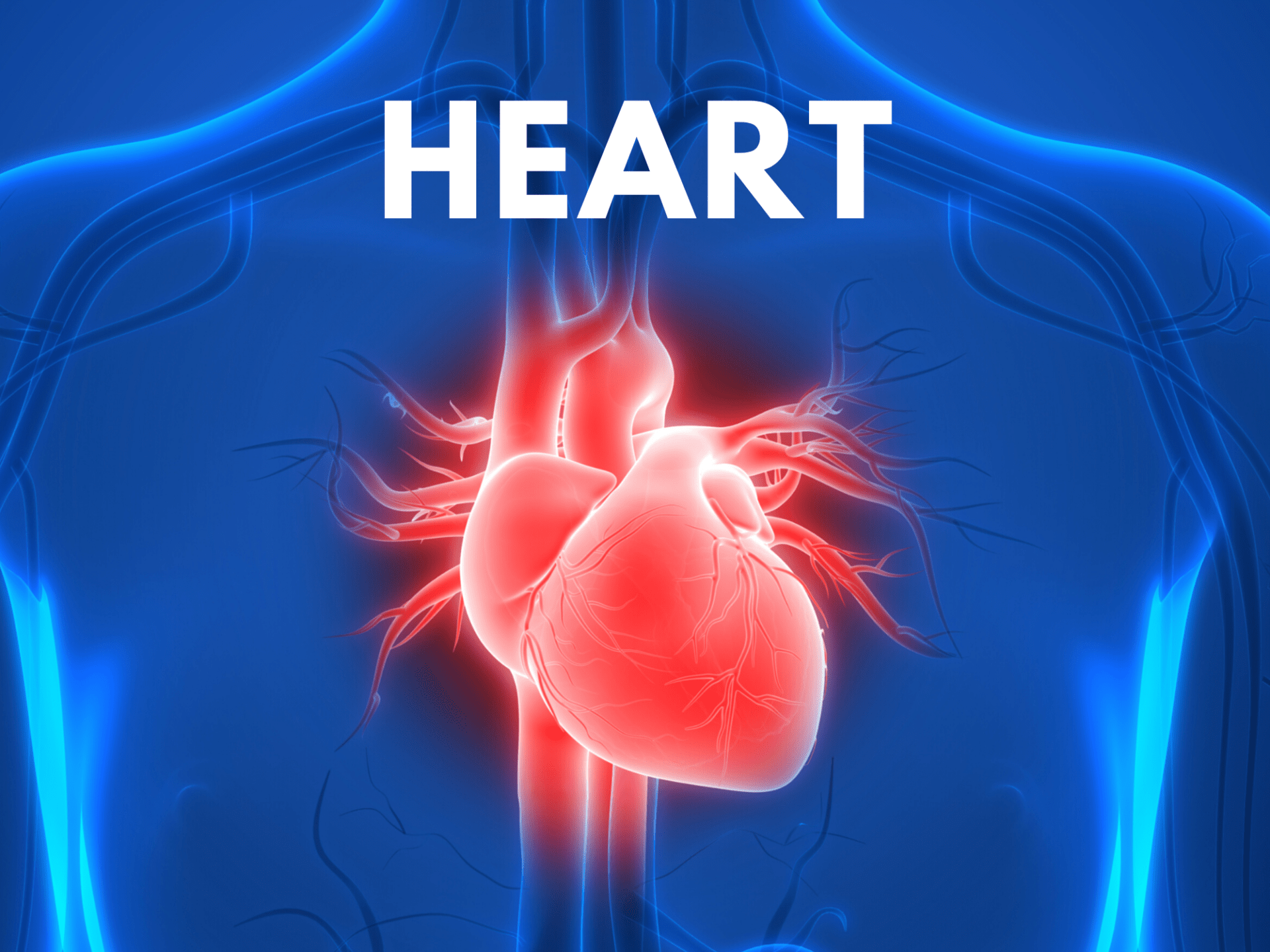Heart
The heart is located in the chest between the two lobes. In CM the heart is said to be “an organ of monarch” because the heart is like a king that it governs the life activities of the whole body.
Note: As I mentioned in a previous article, the organs in Chinese Medicine (CM) focuses on the physiological functions of a system rather than an anatomical organ. Therefore the “Heart” in CM does NOT equal to the organ Heart in Western Medicine.
If you haven’t read the introduction to “Internal Organ Systems in Chinese Medicine”, click HERE.
Physiological functions of the Heart
1. Governing Blood
The Heart propels blood in the vessels to circulate in the whole body. The reason why the blood can be propelled is because of the heartbeat which relies on the sufficiency of the heart-qi.
2. Controlling the Mind
In ancient CM Texts, it is often said that “the Heart stores the spirit”. The “spirit” here is a collective term for cognition, thinking, consciousness and mental states.
“The heart controls the mind” means the heart governs our mental activities. Therefore the “Heart” in CM also includes certain functions of the “brain” in modern medicine.
Relationship of the Heart and its Correspondents
CM views our bodies holistically. The heart is linked to different correspondents of the body.
| Five Zang Organs | Five Elements | Five Constituents | Five External Manifestations | Five Sensory Organs | Body Fluids | Emotion |
|---|---|---|---|---|---|---|
| Heart | Fire | Vessel | Face | Tongue | Sweat | Joy |
1. The heart governs the vessels
Vessels are the paths for blood to circulate throughout the body. The heart governs the vessels means that the heart bears a close relationship with the vessels in structure and function.
In structure, the organ heart is directly connected to the vessels. In function, the heart propels the blood which travels along the vessels. Normal circulation is achieved only when the heart and vessels work together.
2. The heart opens into the Tongue
It is often said that the “tongue is the sprout of the heart”. This is because the color and the shape of the tongue can reflect whether the heart is functioning well. This is because a branch of the heart “Meridian (Will be discussed)” runs into the tongue.
More on tongue diagnosis will be discussed in future articles in the “CM Diagnosis Series”.
3. External Manifestation on the Face
Through observing the facial color and shape CM doctors can determine the condition of the heart-qi, heart-blood, heart-yin and heart-yang.
For example, if the heart-blood is sufficient and flows smoothly the face is ruddy and lustrous. If the heart-qi is insufficient and the heart-blood is deficient the face is pale and lusterless. If the heart-blood is stagnated the face is cyanotic in color.
4. Heart and Sweat
In CM it is said that “Sweat is the fluid of the heart”. Whenever we do rigorous exercise we have a fast heartbeat and we sweat. Also whenever we are nervous our heart beats fast and we sweat as well.
5. Emotionally Joy is to Heart
Joy will lead to the smoothness of Qi Circulation, but too much Joy will impair the heart. More will be explained in a later article regarding Emotions and Health.
Pericardium
The pericardium is a tissue surrounding the heart to protect the heart.
Pericardium does not belong to the “Five Zang Organs”. However, it is important to mention since pericardium relates to the acupoints/pressure points and meridians which I will be explaining in future articles.
Since the heart is “an organ of monarch”, it must not be invaded directly or the person will have a life-threatening situation. This is why pericardium is so important.
Therefore when pathogenic factors invade the heart, they must first attack the pericardium.
Up next, I will discuss the second Zang Organs – Lung.


Leave a Reply